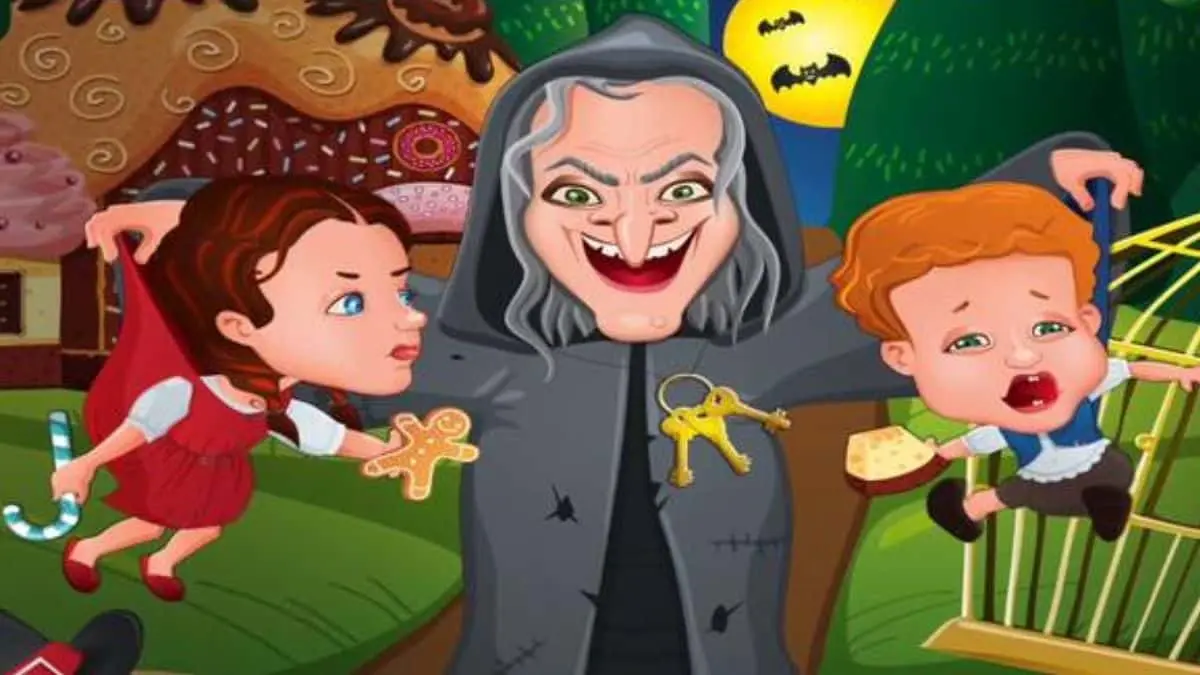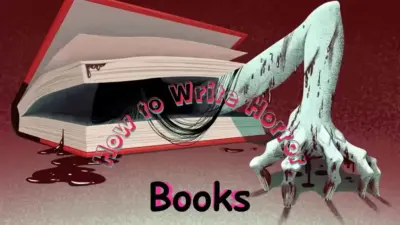Among the myriad forms of storytelling, folktales and fables stand out for their enduring popularity and their roles in education, entertainment, and cultural preservation. At first glance, these two genres might seem interchangeable, with their rich narratives and moral lessons. However, delving deeper reveals a fascinating array of differences between Folktale and Fable that distinguish them not just in content but in purpose, origin, and the lessons they impart.
What is Folktale?

A folktale is a story that has been passed down orally through generations, serving as a cornerstone of cultural heritage and tradition. Unlike written literature, these stories are dynamic, evolving with each telling, adapting to the times while preserving the core essence that defines them. Folktales are the unofficial history of the people, encapsulating the hopes, fears, dreams, and values of a culture. They are more than just stories; they are a living, breathing aspect of communal identity.
Historical Origins and Cultural Significance
The origins of folktales can be traced back to a time before the written word, where storytelling was not just entertainment but a method of education, a way to pass down wisdom, moral guidelines, and survival strategies. Every culture across the globe has its own set of folktales, each reflecting the unique environment, societal structure, and values of its people. These stories offer insights into the struggles and triumphs of ancestors, serving as a bridge between the past and the present.
Common Characteristics of Folktales
- Oral Tradition: Folktales primarily exist in the oral tradition, passed down verbally from one generation to the next.
- Moral Lessons: Many folktales are imbued with moral lessons, teaching virtues such as honesty, bravery, and kindness.
- Recurring Themes: Common themes include the triumph of good over evil, the importance of cleverness, and the value of humility.
- Universal Characters: Characters often represent universal types, such as the trickster, the hero, or the wicked stepmother, making the stories relatable across different cultures.
- Magical Elements: Folktales frequently feature magical elements, mythical creatures, and enchanted settings.
Types of Folktales
Folktales encompass a variety of sub-genres, including:
- Fairy Tales: Stories filled with magic, often involving quests and fairies.
- Ghost Stories: Tales of the supernatural that explore themes of life after death and the unexplainable.
- Legends: Stories loosely based on historical events, often embellished over time.
- Myths: Stories that often explain natural phenomena, the creation of the world, or the gods themselves.
Examples of Popular Folktales
Across different cultures, certain folktales have gained prominence, such as:
- Cinderella: A tale of resilience and reward that exists in various forms across cultures.
- Anansi the Spider: Originating from West African folklore, these tales feature a trickster spider who often outsmarts his foes.
- The Baba Yaga: A Slavic folktale about a fearsome witch living in a hut on chicken legs, embodying the fears and mysteries of the forest.
Folktales are an intrinsic part of human culture, offering a window into the collective psyche of societies. They educate, entertain, and preserve the cultural fabric, ensuring that the wisdom of the ages is passed down to future generations.
What is a Fable?

A fable is a succinct, allegorical story, typically featuring animals, plants, inanimate objects, or forces of nature which are anthropomorphized (given human qualities), conveying a moral lesson or ethical guideline. Distinct from folktales in their brevity and purpose, fables are designed to impart wisdom, teach ethical or moral lessons, and reflect on human behavior through the actions of non-human characters.
Historical Origins and Cultural Significance
The tradition of fable-telling dates back to ancient times, with roots in a variety of cultures including Indian, Greek, and Middle Eastern. One of the earliest and most famous fabulists, Aesop, a figure of ancient Greece, is often credited with popularizing the form, although it is likely that many of the fables attributed to him were passed down from oral traditions and collective folklore of earlier times. Fables were, and continue to be, a method of social critique, offering insights into human nature and society’s morals under the guise of simple animal stories.
Key Features of Fables
- Anthropomorphism: Characters in fables are often animals or objects endowed with human traits, reasoning, and speech.
- Moral Lessons: The cornerstone of a fable is its moral lesson, explicitly stated at the end of the tale in a succinct statement.
- Brevity: Fables are typically short and to the point, making them easily remembered and recounted.
- Universal Themes: Despite their simplicity, fables deal with universal themes and truths about human nature, ethics, and social conduct.
Examples of Well-Known Fables
Some of the most beloved and enduring fables include:
- The Tortoise and the Hare: A tale about how slow and steady wins the race, emphasizing perseverance and patience.
- The Boy Who Cried Wolf: A story that illustrates the consequences of lying and the loss of trust that follows.
- The Ant and the Grasshopper: A fable that highlights the virtues of hard work and planning for the future.
Fables have been adapted and retold across cultures and generations, often reflecting the values and moral lessons important to the society at the time. They serve as a mirror to humanity, revealing truths about our virtues and vices in the simplest manner.
Key Differences Between Folktales and Fables

Purpose and Moral Lessons
- Folktales often serve to entertain, preserve cultural traditions, and impart wisdom or values indirectly through complex narratives. The morals, if present, are woven into the fabric of the story and can be interpreted in various ways.
- Fables, on the other hand, are primarily didactic, designed to teach explicit moral lessons. The moral of a fable is clear and often stated at the end, making it a direct tool for teaching ethics and social conduct.
Characters and Settings
- Folktales feature a wide range of characters, from humans to mythical creatures, often set in a variety of locales, from the mundane to the fantastical. These characters and settings are deeply rooted in the culture from which the folktale originates, reflecting its values, fears, and aspirations.
- Fables predominantly utilize anthropomorphized animals, plants, or inanimate objects as characters, focusing less on the setting and more on the interaction between characters to deliver the moral lesson. This simplicity and abstraction allow fables to convey universal truths that transcend specific cultural contexts.
Cultural vs. Universal Themes
- Folktales are rich in cultural specifics, drawing from the traditions, history, and beliefs of the people who tell them. They are a cultural artifact, reflecting the identity and values of a community.
- Fables, while they can have cultural variations, typically deal with universal themes and morals that are applicable across different societies. The focus is on human nature and behavior, making them easily adaptable and understandable across cultures.
The Role of the Storyteller
- Folktales are often told in a manner that allows for personal flair and regional variations, with storytellers adding or altering details to suit their audience or cultural context. The art of storytelling is as much a part of the folktale tradition as the stories themselves.
- Fables are more fixed in their form due to their brevity and the need to convey a specific moral lesson. While there may be variations in the telling, the core lesson and structure remain constant.
Duration and Complexity
- Folktales can be lengthy and complex, with elaborate plots, twists, and character development. They are designed to engage the listener over a longer period, providing entertainment and subtle lessons woven into the narrative.
- Fables are succinct, designed to quickly impart a lesson without the embellishment of complex plots or character arcs. Their simplicity makes them accessible, especially to children, as educational tools.





